How two pandemics 100 years apart delayed the visits of the Prince of Wales and the Governor of Queensland
By John Dingle (guest blogger) | 2 July 2020
Guest blog by John Dingle
The Governor of Queensland, The Honorable Paul de Jersey AC recently posted a video link apologising to the citizens of Amiens on the Granite Belt of Southern Queensland, for not being able to attend the centenary celebration commemorating a visit by HRH Edward, the Prince of Wales, in the year of 1920. The apology explains why he the Governor is unable to attend the event later this year.
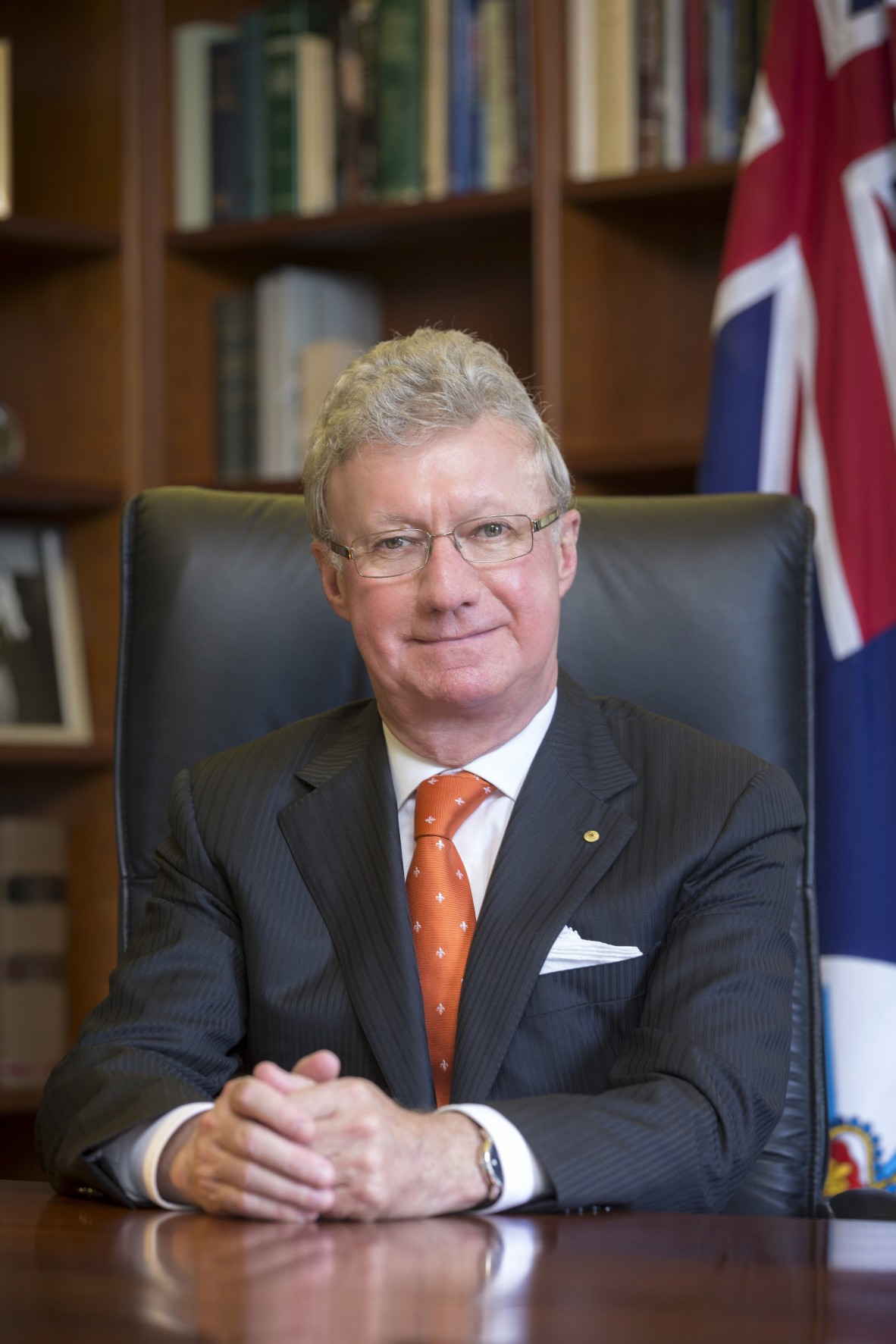
The Governor of Queensland, The Honorable Paul de Jersey AC. (Source: Government House, Queensland)
The Governor’s visit to Amiens is delayed due to the quarantine restrictions imposed by the Federal Government and the risk of spreading coronavirus, COVID-19 since March this year.
A visit to the same township of Amiens in southern Queensland by the Prince of Wales 100 years ago, was similarly delayed by quarantine restrictions imposed by the pandemic ‘Spanish Influenza’ on board the Royal Yacht, ‘Renown’, just as it was due to depart for a Royal tour by Prince Edward to the British Empire in Central America and the Pacific: Panama, Fiji, New Zealand and Australia.
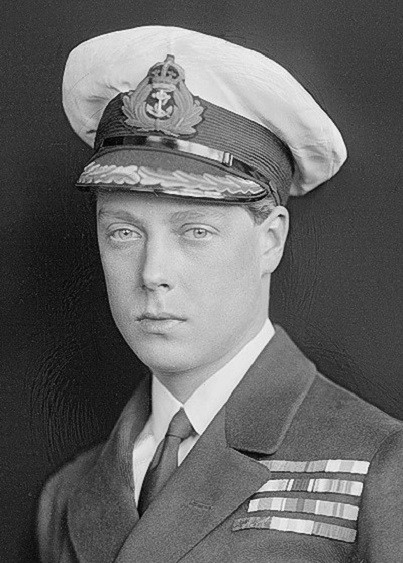
Official portrait of Edward VIII wearing naval uniform in 1920. Studio of Alexander Bassano (1829–1913) (Source: Royal Collection)
The Royal Yacht was due to leave Portsmouth on Tuesday 9 March 1920. A crew member was detected with Spanish Flu symptoms and taken to hospital and the ship was quarantined for one week to avoid the spread of new cases. As none occurred, the vessel departed on Tuesday 16th March. The Prince’s tour engagements were delayed by one week, but he still managed to arrive in New Zealand in time for the Anzac Day events on April 25 that year.
The Spanish Flu was much more devastating than the present Coronavirus pandemic: millions of people died worldwide, compared with approx. 20 million in World War I. Viruses were not identified until the invention of the electron microscope in 1931, so the infection was thought to be due to respiratory bacteria. The Australian Commonwealth Serum Laboratory (CSL) was set up during World War I and the first vaccine they made was for the Spanish Flu using isolates of respiratory bacteria in 1918. This vaccine was said to have decreased the severity of the disease and to have saved lives, but this may have been due to a decrease in secondary bacterial infection. The vaccine was labelled “Special Influenza Vaccine’. One of the last remaining vials is held in the Museum Victoria collections.
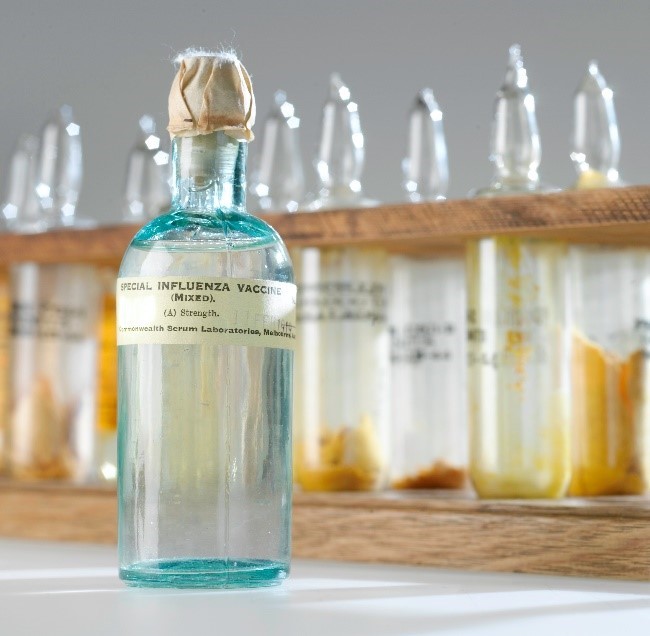
A vial labelled “Special Influenza Vaccine’. (Museum Victoria collection)
The occurrence of Spanish Flu and the delay to HRH Edward’s visit to Australia was not mentioned in his autobiography ‘A King’s Story’. This was strange for two reasons - it was a world-wide event, and because an earlier flu pandemic was responsible for Edward being in direct line to the throne of the King of Great Britain, Ireland and the British Dominions beyond the Seas, Defender of the Faith, Emperor of India.
His uncle, Prince Albert Victor died of the Russian Flu in 1892 aged 28. He was the first-born son of the Prince of Wales, Albert Edward, (first born son of Queen Victoria.) He became King Edward VII when Queen Victoria died in 1901.
When Albert Victor died, his younger brother, Prince George, was second in line to the throne. He was named the Prince of Wales at the end of 1901 and King George V in May 1910 when King Edward VII died. A month later, King George named Prince Edward His Royal Highness, Prince of Wales, on his 16th birthday. Prince Edward was born the year after his uncle had died of the flu so it would have been of great consequence that the lives of so many around him were affected by two influenza pandemics.
HRH Prince Edward toured Canada in 1919 during the middle of the Spanish Flu pandemic there, but it did not affect his tour, nor restrict his contact with people. It is possible the Canadian tour was delayed by six months even though his father King George V had instructed him two months before the end of WWI to show himself to the public ‘without delay’.
Edward was deliberately kept out of public view for the four years he served during World War I, returning home from overseas service in February 1919. The six months that followed were filled with investitures and moving out of his parents’ home in Buckingham Palace and into York House, St James’ Palace.
The Spanish Flu affected Canada in several waves: the first from Mar - May 1918 most likely brought over by wounded soldiers returning home and the second, more severe wave due to a more virulent strain from Sept-Nov 1918 which caused 90% of Canadian deaths. The next pandemic occurred in Mar-May 1919 and a year later from Mar - May 1920. HRH Edward’s tour of Canada was fortuitously arranged between waves during Aug - Dec 1919.
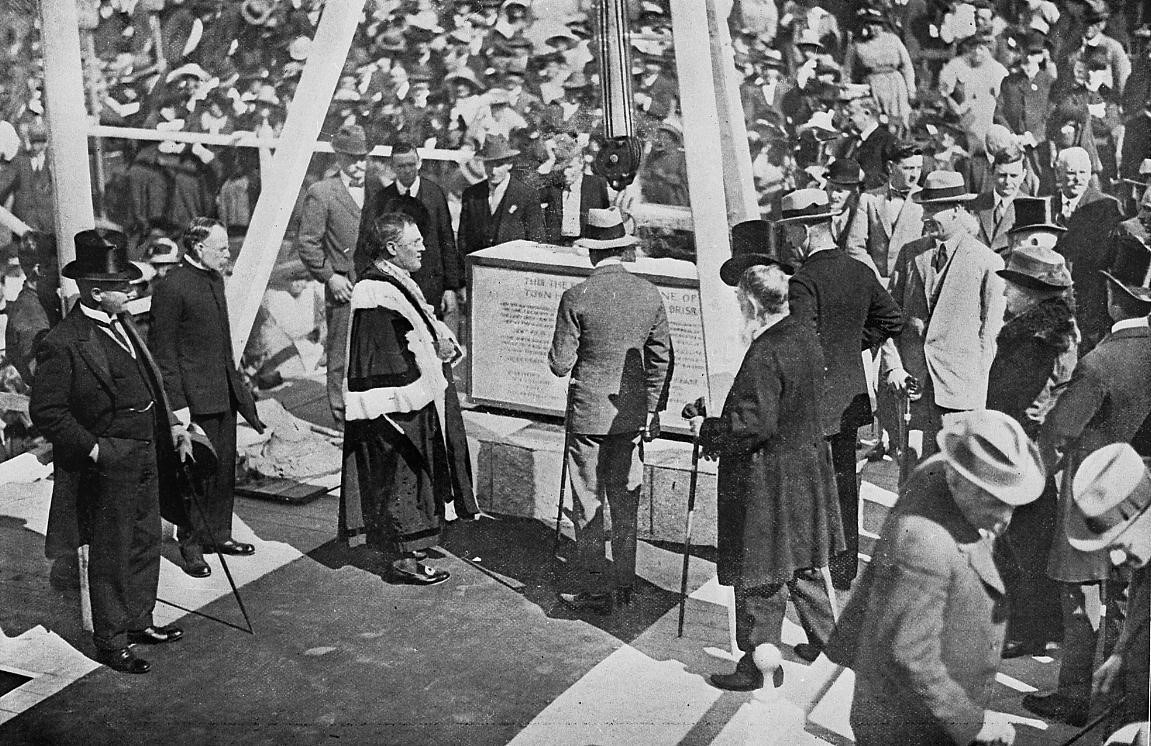
His Royal Highness Edward, the Prince of Wales laying the Foundation Stone of City Hall. (Brisbane City Council collection)
The Spanish Flu pandemic in Australia lasted from Oct 1918 to Dec 1919. The Prince's tour in Australian began 6 months later from 13 June to 19 August 1920. The Spanish Flu was still affecting the UK, Europe and the Americas during that period.
It appears Edward did practise some precautions, tying a handkerchief around his right hand used for shaking hands. The white cloth was clearly visible behind his back during the Laying the Foundation Stone at the Brisbane City Hall and again during the guard of honour parade in Ipswich.
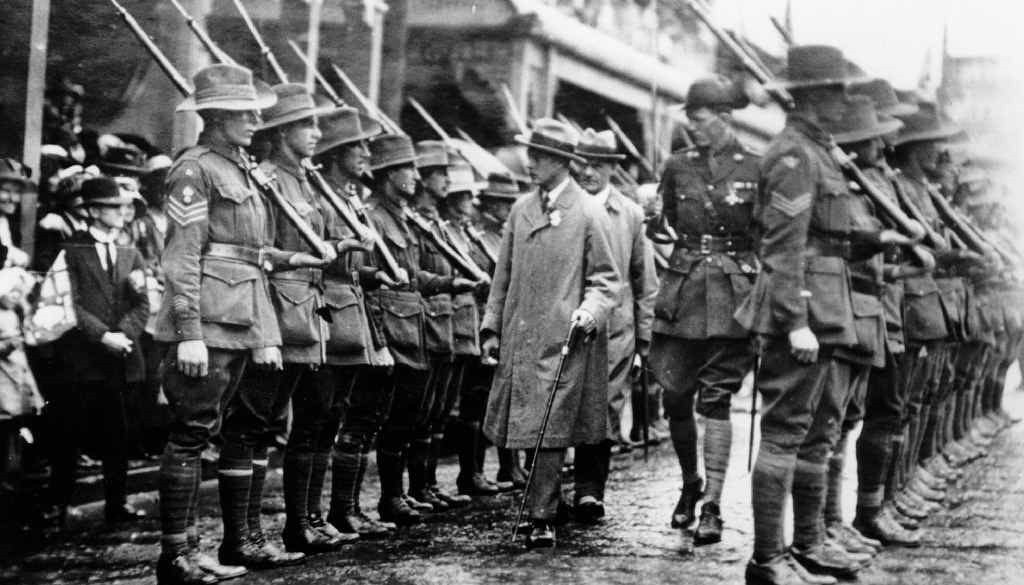
His Royal Highness, Prince Edward inspects a guard of honour, Ipswich, 1920. (Source: Queensland Times Newspaper)
Blog article and content provided by contributor Mr John Dingle.
Comments
Your email address will not be published.
We welcome relevant, respectful comments.